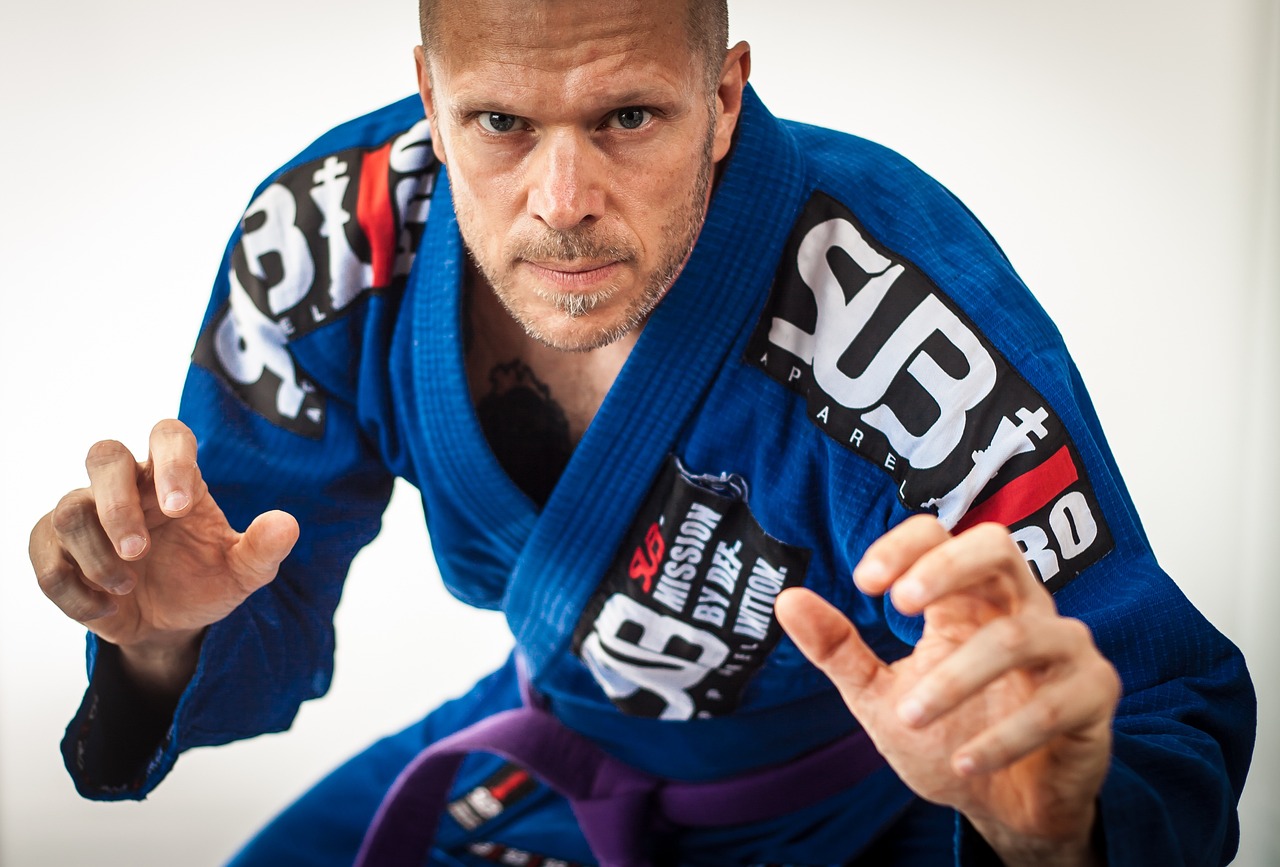Jiu Jitsu
The Brazilian style of jiu jitsu resulted from the import of Japanese jiu jitsu and judo to the South American continent in the early 1900s, and its transformation into a new martial art style by a core group of Brazilian pioneers. Before it arrived to the shores of Brazil, however, the origins of jiu jitsu are believed to go back thousands of years. There are several theories concerning its very first beginnings, but many agree that it can at least be traced back 4,000 years ago, to Buddhist monks in India, who needed to protect themselves during their travels without inflicting harm on their attackers. It then spread to feudal Japan, where it developed into an effective hand-to-hand combat during war, before transitioning to become more of an art form and a competitive activity. Some even argue for much older origins than India, dating back to the earliest forms of “grappling”, which are immortalized on the walls of ancient Greek and Egyptian ruins. Then in 1915, a world famous Japanese judoka, Mitsuyo Maeda, arrived to Brazil, where he soon began teaching and giving demonstrations in jiu jitsu and judo, which at the time were not seen as separate disciplines. Three of Maeda’s first students went on to become the founders of what is known as Brazilian Jiu Jitsu: brothers Carlos and Helio Gracie, and Luiz França. Each of these early pioneers contributed to the development of what is today known as Brazilian jiu jitsu, by maximizing the effectiveness of existing techniques, creating new ones, and giving rise to a distinct martial art.

The Colors of Your Belts
White Belt
The rank held by new practitioners. It would be in your best interest to become well rounded in offense and defense that includes positioning, submissions, and guard passes.
Blue Belt
The second adult rank in BJJ. The blue belt is the time where many practitioners begin to absorb a large variety of techniques. the IBJJF requires a practitioner to remain a blue belt for a minimum of two years before progressing to the next stage.
Purple Belt
The purple belt is the intermediate adult ranking. Purple belts are considered qualified to help instruct lower-ranked students at this stage. The IBJJF requires 18 months prior to receiving the brown belt. This can be ignored if a practitioner has won an adult world championship at purple belt.
Brown Belt
The brown belt is the highest ranking color below the black belt in Brazilian Jiu-Jitsu. This takes up to at least 5 years of dedicated traning. This stage is often seen as a period for refining technique. The minimum time-requirement is one year but this can be ignored, simialr to the purplee belt, if a practitioner has won an adult world championship.
Black Belt
The black belt exemplifies a level of expertise both technically and practically. The black belt itself has nine different degrees of expertise with rankings at 7th and 8th commonly denoted by a coral belt, and the 9th represented by a red belt. The IBJJF requires a practitioner to practice and teach at the black belt level for a minimum of three years before progressing to the next rank for the first 3 ranks. Ranks 4, 5, and 6 require 5 years from the previous rank.
Health Benefits
The physical benefits of jiu jitsu are immense and well-documented. Because jiu jitsu presents a combination of dynamic and explosive movements with pressure-based isometric pushing, pulling, and holding, it helps to develop increased strength and cardio, as well as promotes weight loss and improved muscle tone. Because you’re constantly responding to another person’s movements, jiu jitsu also heightens your body awareness and improves your balance and reactive ability. Jiu jitsu is also an incredible mental workout. For one, it provides the challenge of learning a new activity, with limitless variations of movements, techniques and submissions. It also develops your reasoning skills, in that you are constantly planning your next step, both when you’re in an advantageous position or a defensive position. As an activity practiced with another person, it increases your ability think quickly and “on your feet” in response to your partner’s movements, as well as to remain calm and controlled when you find yourself in a defensive situation.